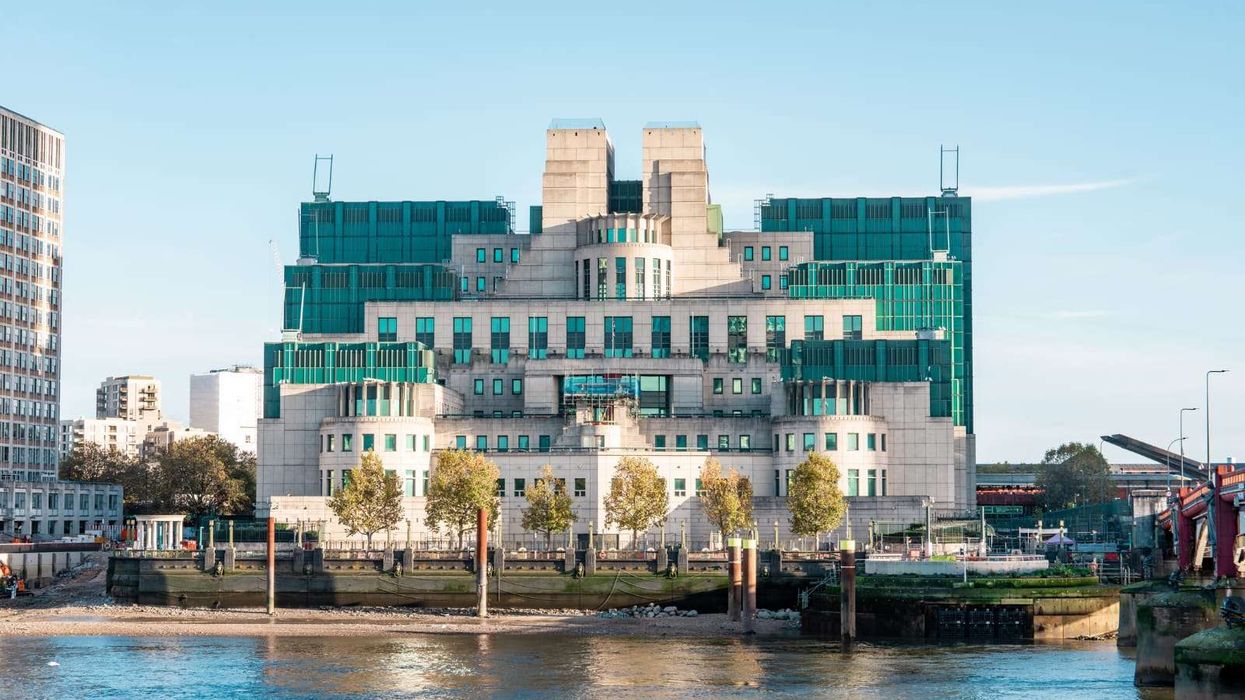THREE siblings from Northampton will run the TCS London Marathon on 27 April to raise funds for the Royal National Institute of Blind People (RNIB) in memory of their grandfather.
Ricki Mistry (30), Bhavika Mistry (23), and Mitesh Mistry (37) are taking part in the event after the death of their grandfather, Laloobhai Naranbhai Mistry, who had glaucoma and was registered blind in his later years.
Ricki, a senior software analyst, has previously run the marathon but will this time be joined by his brother and sister.
Bhavika, a project manager, and Mitesh, a banking professional, said training has been demanding but they are motivated by the cause.
To support RNIB, the siblings are raising funds through word-of-mouth, social media, and events. Bhavika is also organising a charity stall and a bake sale featuring samosas.
RNIB’s Head of Supporter Led Fundraising, Chris Perrin, said the charity is grateful to have the trio join Team RNIB, with funds going towards supporting people living with sight loss in the UK.
To sponsor Ricki, Bhavika, and Mitesh, and support RNIB, please find below the link to each of their fundraising pages:













